How Do You Choose Binoculars?
When choosing binoculars, there are several factors to consider. The first is the magnification power, which determines how much closer the object will appear. The second is the objective lens diameter, which determines how much light the binoculars can gather and how bright the image will be. The third is the field of view, which determines how much of the scene can be seen at once. Other factors to consider include the size and weight of the binoculars, the type of prism used, and the quality of the optics. It is also important to consider the intended use of the binoculars, such as bird watching, hunting, or astronomy, as different activities may require different features. Ultimately, the best way to choose binoculars is to try them out in person and compare different models to find the one that best suits your needs and preferences.
1、 Magnification

How do you choose binoculars? One of the most important factors to consider is magnification. Magnification refers to the degree to which the image is enlarged when viewed through the binoculars. The most common magnifications for binoculars are 8x, 10x, and 12x.
When choosing a magnification, it's important to consider what you'll be using the binoculars for. If you'll be using them for birdwatching or other outdoor activities where you need to see things at a distance, a higher magnification like 10x or 12x may be more appropriate. However, if you'll be using them for general use like concerts or sporting events, a lower magnification like 8x may be sufficient.
It's also important to consider the size and weight of the binoculars when choosing a magnification. Higher magnifications typically mean larger and heavier binoculars, which may not be ideal for extended use or travel.
Additionally, it's worth noting that some experts now recommend choosing a lower magnification and instead investing in higher quality optics and coatings. This can result in a clearer and brighter image, even at lower magnifications.
Ultimately, the best magnification for you will depend on your specific needs and preferences. It's important to do your research and try out different options before making a purchase.
2、 Objective lens diameter
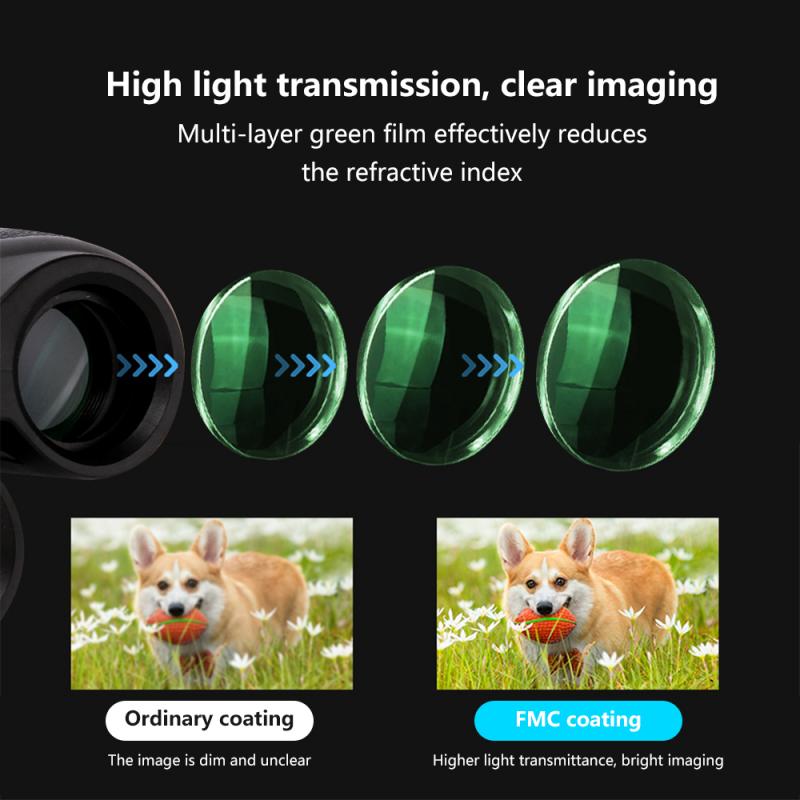
How do you choose binoculars? One important factor to consider is the objective lens diameter. This refers to the size of the front lenses of the binoculars, measured in millimeters. The larger the objective lens diameter, the more light can enter the binoculars, resulting in brighter and clearer images.
However, it's important to note that a larger objective lens diameter also means a heavier and bulkier pair of binoculars. This may not be ideal for those who plan to use their binoculars for extended periods of time or for activities that require a lot of movement, such as hiking or birdwatching.
Additionally, the quality of the lenses and coatings used in the binoculars can also affect the brightness and clarity of the images, regardless of the objective lens diameter. Therefore, it's important to consider the overall quality of the binoculars, not just the objective lens diameter.
In recent years, there has been a trend towards compact and lightweight binoculars with smaller objective lens diameters. These binoculars often use high-quality lenses and coatings to compensate for the smaller size, resulting in impressive image quality despite the smaller objective lens diameter.
Ultimately, the choice of objective lens diameter depends on the intended use of the binoculars and personal preferences. It's important to consider factors such as weight, size, and overall quality in addition to the objective lens diameter when choosing binoculars.
3、 Prism type
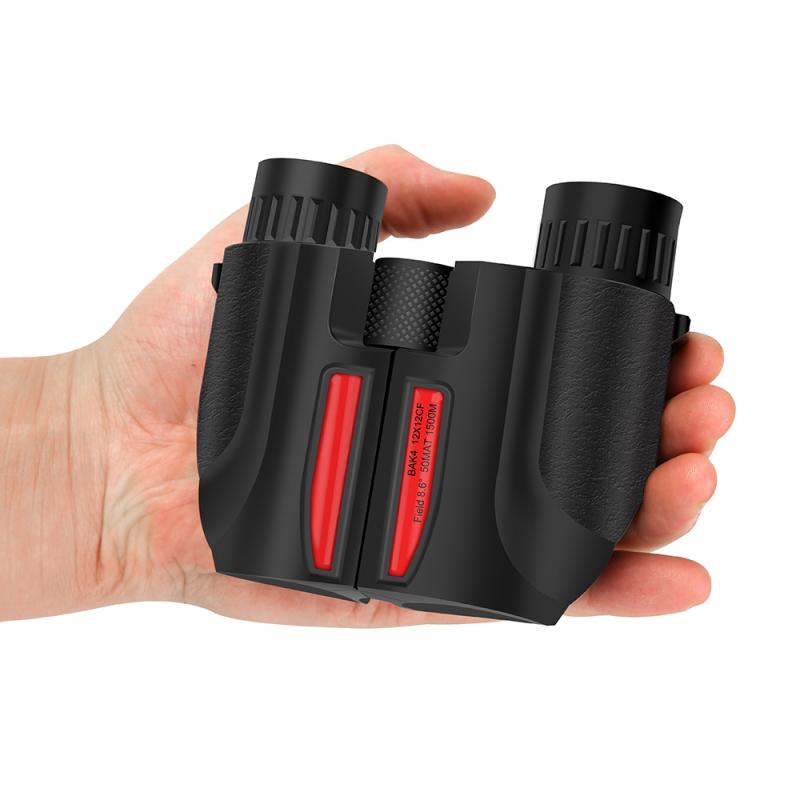
How do you choose binoculars? One important factor to consider is the prism type. Binoculars use either roof prisms or Porro prisms. Roof prisms are more compact and have a straight barrel design, making them easier to hold and carry. They also tend to be more expensive due to their complex manufacturing process. Porro prisms, on the other hand, have a more traditional design with an angled barrel and are generally less expensive. They also tend to provide a wider field of view and better depth perception.
However, it's important to note that recent advancements in technology have made roof prism binoculars more affordable and Porro prism binoculars more compact. Additionally, some manufacturers have developed hybrid prism systems that combine the benefits of both roof and Porro prisms.
When choosing binoculars, it's important to consider your specific needs and preferences. If you plan on using them for outdoor activities such as birdwatching or hiking, a compact and lightweight roof prism binocular may be the best option. If you're looking for a more traditional design and a wider field of view, a Porro prism binocular may be a better fit.
Ultimately, the prism type is just one factor to consider when choosing binoculars. Other important factors include magnification, objective lens size, and overall build quality. It's important to do your research and read reviews before making a purchase to ensure you're getting the best binoculars for your needs.
4、 Field of view
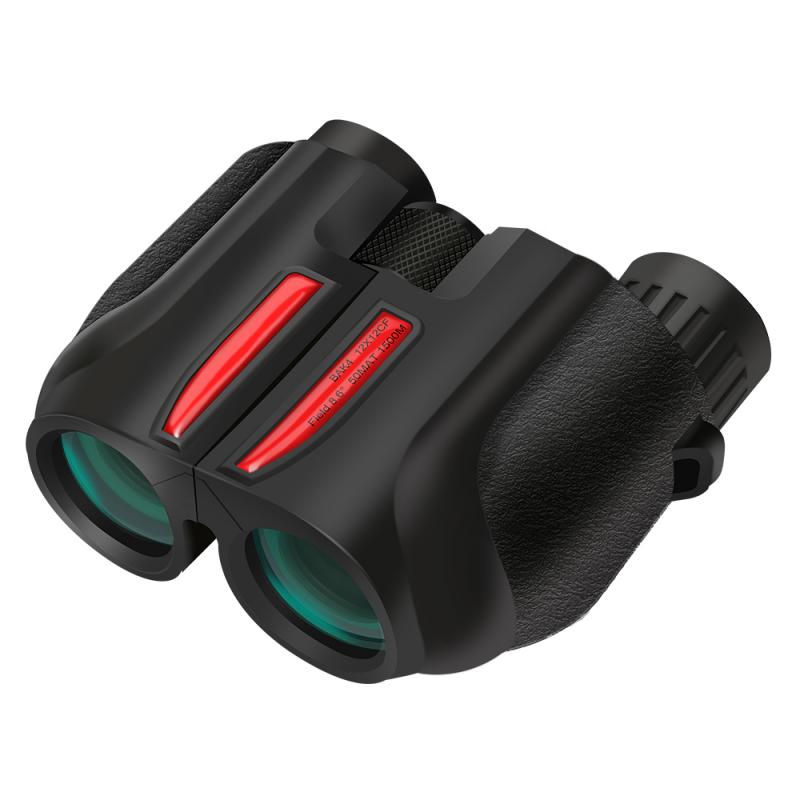
How do you choose binoculars? One important factor to consider is the field of view. This refers to the width of the area that can be seen through the binoculars at a certain distance. A wider field of view is generally preferred as it allows for easier tracking of moving objects and a more immersive viewing experience.
When choosing binoculars, it's important to consider the intended use. For birdwatching or wildlife observation, a wider field of view is often preferred to capture the full scope of the environment. However, for stargazing or astronomy, a narrower field of view may be more appropriate to focus on specific celestial objects.
It's also important to consider the magnification and objective lens size when choosing binoculars. Higher magnification can provide a closer view of distant objects, but may also result in a narrower field of view. A larger objective lens can allow for more light to enter the binoculars, resulting in a brighter and clearer image.
In recent years, advancements in technology have led to the development of binoculars with wider fields of view and improved image quality. Some binoculars now also feature image stabilization technology, which can reduce shakiness and provide a steadier view.
Ultimately, the choice of binoculars will depend on personal preferences and the intended use. It's important to consider all factors, including field of view, when making a decision.











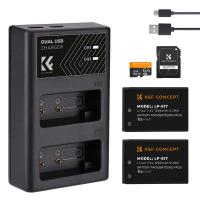




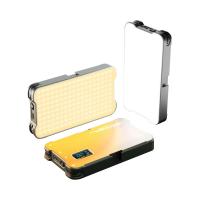

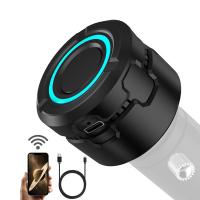
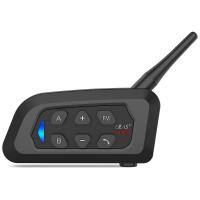



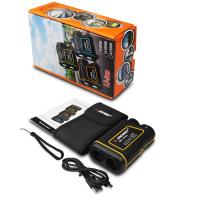

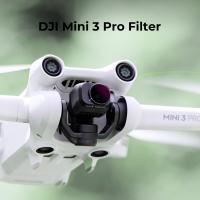
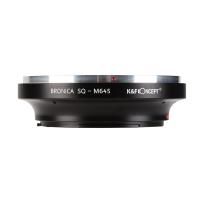
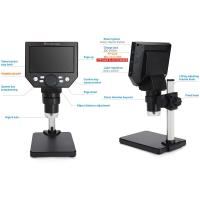

There are no comments for this blog.